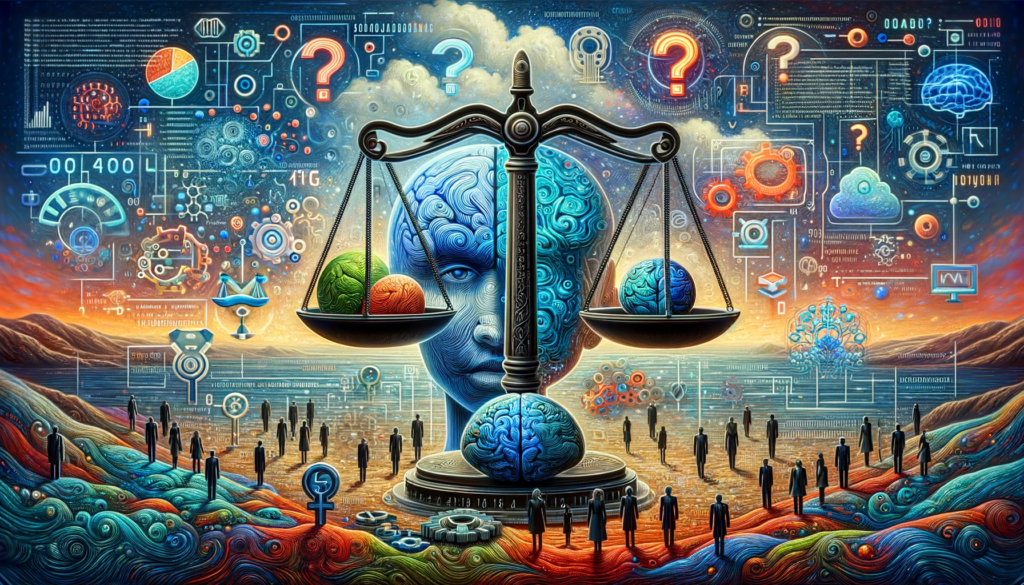Introduction:
Blockchain technology has emerged as a revolutionary innovation with the potential to disrupt various industries. This article aims to provide an overview of blockchain technology, its underlying principles, and explore its potential applications across different sectors. By understanding blockchain, organizations can unlock new opportunities for transparency, security, and efficiency in their operations.
What is Blockchain Technology?
Blockchain is a decentralized and distributed ledger technology that securely records and verifies transactions across multiple computers, known as nodes. Each transaction, or block, is linked to the previous one, forming a chain of blocks. The decentralized nature of blockchain ensures transparency, immutability, and tamper resistance.
Key Principles of Blockchain Technology:
a. Decentralization: Blockchain operates on a peer-to-peer network, eliminating the need for intermediaries and central authorities. Transactions are validated collectively by network participants, ensuring trust and removing single points of failure.
b. Transparency: All transactions recorded on the blockchain are visible to participants within the network. This transparency enhances trust, as every participant can verify and audit the information stored on the blockchain.
c. Security: Blockchain employs cryptographic techniques to secure transactions and data. Once a transaction is added to the blockchain, it becomes nearly impossible to alter or manipulate without consensus from the network participants.
d. Immutability: Each block in the blockchain contains a unique cryptographic hash that links it to the previous block. This chain of hashes ensures that any modification to a previous block would invalidate subsequent blocks, making the blockchain tamper-proof.
Applications of Blockchain Technology:
a. Cryptocurrencies and Digital Assets: The most well-known application of blockchain is cryptocurrencies, such as Bitcoin and Ethereum. Blockchain enables secure, transparent, and decentralized transactions of digital assets, removing the need for intermediaries like banks.
b. Supply Chain Management: Blockchain provides end-to-end visibility and traceability in supply chain operations. It enables real-time tracking of products, verifies authenticity, reduces counterfeiting, and enhances trust between stakeholders.
c. Healthcare: Blockchain can improve the security and privacy of patient data, facilitate interoperability between healthcare providers, streamline medical records management, and enhance clinical trials by ensuring transparency and traceability.
d. Financial Services: Blockchain has the potential to revolutionize traditional financial services by enabling faster, more secure, and cost-effective cross-border payments, reducing fraud, and enhancing Know Your Customer (KYC) processes.
e. Smart Contracts: Blockchain enables the execution of self-executing smart contracts, eliminating the need for intermediaries and automating contractual agreements. Smart contracts are transparent, enforceable, and tamper-resistant.
f. Voting Systems: Blockchain can provide secure and transparent voting systems, ensuring the integrity of elections, preventing voter fraud, and enhancing trust in the democratic process.
g. Intellectual Property Protection: Blockchain can be used to securely record and verify intellectual property rights, such as patents, copyrights, and trademarks, providing an immutable proof of ownership and reducing disputes.
h. Decentralized Identity Management: Blockchain can enable individuals to have control over their personal data and identities, reducing reliance on centralized entities for identity verification and enhancing privacy.
Advantages and Challenges of Blockchain Technology:
a. Advantages:
Enhanced security and transparency
Elimination of intermediaries
Reduced transaction costs
Improved traceability and accountability
Increased efficiency and automation
b. Challenges:
Scalability limitations
Regulatory and legal considerations
Energy consumption
Interoperability between different blockchain networks
Education and adoption challenges
Conclusion:
Blockchain technology represents a paradigm shift in how transactions and data are stored, verified, and shared. Its decentralized and transparent nature offers numerous opportunities for industries to enhance security, streamline operations, and foster trust among stakeholders. By embracing blockchain technology and exploring its potential applications, organizations can unlock new efficiencies, improve processes, and pave the way for a more transparent and decentralized future. However, challenges remain, and continued research, development, and collaboration are necessary to address scalability, regulatory, and interoperability concerns. As blockchain technology continues to evolve, its impact across various sectors is poised to reshape industries and drive innovation.


